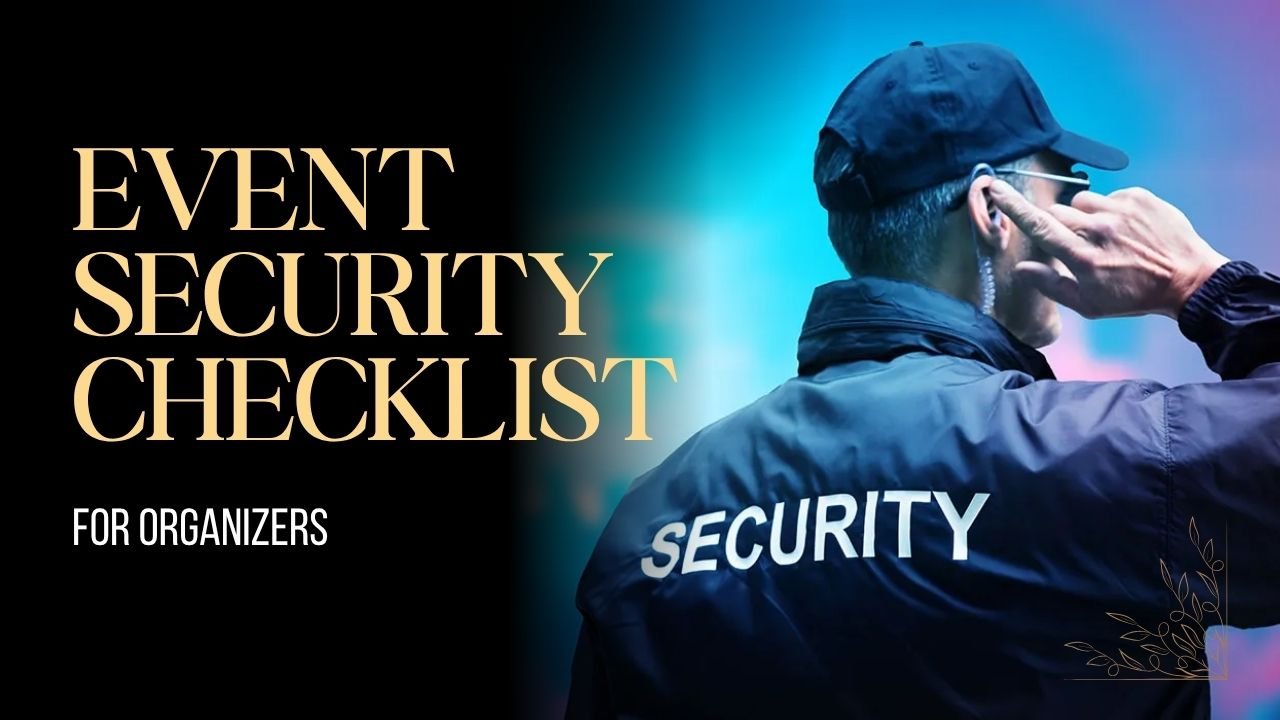When you look for a security camera, whether for your shop or your home, many specs look similar: 1080p, “night vision,” motion alerts.
But in reality, business security cameras and home cameras differ fundamentally.
The wrong choice can lead to blind spots, warranty limitations, or compliance failures. In this article, we’ll explore every major difference, with facts, practical considerations, and a comparison table—so you can make an expert decision.
What Drives the Difference: Needs & Constraints
1. Scale, Uptime & Management
Business installations demand high uptime and centralized control. You might manage dozens or hundreds of cameras across multiple locations.
You need role-based access, audit logs, alerts, firmware updates en masse. Home systems are simpler—monitoring a few cameras through a mobile app.
2. Power & Network Infrastructure
Business systems commonly use Power over Ethernet (PoE). One cable delivers both power and data.
This ensures stable performance, especially over long runs, and supports advanced cameras with pan/tilt/zoom, heaters, or analytics modules.
In contrast, home systems often rely on Wi-Fi or separate power adapters, which can be more convenient but less robust.
3. Environmental & Mechanical Durability
Commercial cameras are built for harsher environments: extreme weather, direct sunlight, dust, vandalism. They often have higher ingress protection (IP) ratings and impact resistance (IK).
Home cameras may survive milder conditions, but tend to have lighter enclosures and more limited ratings.
4. Analytics & Smart Features
In business settings, analytics like line crossing detection, people counting, object left behind, license-plate recognition are useful tools for loss prevention, traffic analysis, and security.
At home, you mostly want motion alerts, person detection, or package detection. Advanced analytics features are less common in home-grade cameras.
5. Interoperability & Future Flexibility
Commercial buyers often opt for open standards and protocols (for instance, ONVIF) to prevent vendor lock-in and allow mixing brands over time.
Homes are more likely to adopt one brand’s closed ecosystem (camera + app + cloud) and seldom expand beyond a handful of devices.
6. Privacy, Regulations & Retention Policies
Businesses often must comply with privacy laws, workplace regulations, and signage requirements. They set policies on who can see footage and how long it’s stored (commonly 30–90 days).
Home users have fewer regulatory pressures, but still should avoid pointing cameras into neighbors’ private spaces or filming inside private rooms.
7. Cost & Total Ownership
Business systems often have higher up-front costs (premium hardware, professional installation, networking) but lower risk of downtime and stronger scalability.
Home systems lean cheaper—but rely more on cloud subscriptions, and may struggle with reliability or storage at scale.
Feature Comparison- Business vs Home Cameras
Here’s a detailed side-by-side look:
| Feature / Aspect | Business Security Cameras | Home Cameras |
|---|---|---|
| Build & Housing | Robust, metal or heavy-duty enclosures, with IP66/67 or higher, often IK10 for vandal resistance | Lighter materials, plastic or basic metal, with moderate weather resistance |
| Power & Cabling | PoE (802.3af/at/bt) over Ethernet cables, long cable runs, reliable data links | Wi-Fi or plug-in adapters, shorter cable runs, more battery models |
| Network Architecture | Use of VLANs, QoS, network switches, wired backhaul preferred | Basic home routers, reliance on wireless, mesh systems |
| Video Quality & Compression | Higher bitrates, flexible profiles, multi-stream modes for backup, true dynamic range | Aggressive compression to save bandwidth, limited profiles |
| Lens Options | Fixed, varifocal, motorized zoom lenses for tailored coverage | Mostly fixed lenses or simple varifocal models |
| Analytics Capabilities | Advanced: line crossing, intrusion detection, LPR, people count | Basic: motion alert, person detection, package detection |
| Storage Options | On-premise NVR / VMS / NAS / hybrid cloud, with RAID, scheduled export | Cloud subscription or local microSD, limited retention |
| Scalability & Growth | Easily scales to dozens or hundreds, multi-site control, user roles | Most systems top out at small numbers; growth triggers replacement |
| Compliance & Audit Needs | Must support policies, logging, signage, record access control | Minimal compliance demands, focus on privacy etiquette |
| Warranty & Support | Enterprise warranties, replacement policies, firmware support | Consumer warranties, limited technical support |
| Use Cases | Stores, warehouses, campuses, office buildings, parking lots | Homes, small apartments, driveways, baby rooms, front porches |
Why the Specs Matter: Real Examples
Resolution & Field of View
Higher resolution (4K and beyond) helps when you need to zoom into a face, license plate, or distant object. But resolution alone doesn’t help if the lens and sensor are inadequate.
Businesses use varifocal lenses to balance coverage and detail. In a home setting, a fixed wide angle typically suffices for entrance coverage.
Lighting Conditions & Dynamic Range
Commercial scenes often involve bright backlights (storefront windows, overhead lights) and dark interiors.
True wide dynamic range (WDR) or multi-exposure HDR is essential to retain detail. Home scenes tend to be less extreme, but proper WDR still improves image quality.
Power & Distance Limits
PoE systems typically allow up to 100 meters per Ethernet run before signal loss. Commercial setups may require switches, extenders, or fiber to reach deeper areas.
Meanwhile, home Wi-Fi systems degrade over distance or walls and are vulnerable to signal interference.
Environmental Durability
Outdoors, a business camera may be directly hit by rain, dust, or subject to tampering. That demands IP66/67+ and IK10 or better.
A home camera mounted under eaves may only need IP54 or equivalent.
Analytics & Value-add
In business, a shop owner might use people counting to estimate foot traffic, or loitering detection to prevent shoplifting.
License plate recognition helps with parking security. Home users rarely need those features—they prefer motion detection, person alerts, and visitor snapshots.
When a Home Camera Setup Suffices
Your use case might not require enterprise gear. Consider home cameras if:
- You need just 1–5 cameras in limited areas
- You prefer plug-and-play simplicity with minimal networking
- You don’t require central dashboards or enterprise analytics
- You don’t expect rapid growth or future site expansion
- You accept the limitations of cloud storage and shorter retention
When You Must Go Commercial Grade
Upgrade to business-grade cameras when:
- You manage public or semi-public spaces (stores, parking, lobbies)
- Your system will cross multiple sites or buildings
- You demand reliable PoE infrastructure, VLANs, and wired links
- You want real analytics, compliance, audit logs, and retention policies
- You may need to integrate with access control, alarms, or building systems
Best Practices & Checklist Before Buying
- Use PoE infrastructure in commercial applications
- Prioritize IP66/67 (or better) and IK10 for outdoor cameras
- Ensure devices support open standards / interoperability (e.g., ONVIF)
- Define retention period (30–90 days is common) and access rules
- Clearly display CCTV signage in business premises
- Confirm vendor support, firmware updates, and warranty
- Avoid vendor lock-in if you plan future expansion
- Choose analytics aligned to your needs (e.g., people counting, license plate capture)
At first glance, business security cameras vs home cameras might seem interchangeable. But under the hood, their philosophies diverge.
Business systems demand durability, scalability, analytics, compliance, and interoperability—features that home cameras typically can’t match.
On the flip side, home systems offer simplicity, lower cost, and easier installation for smaller setups.
By understanding your needs, evaluating specs like power, housing, analytics, and retention, and using the comparison table above, you can choose the system that fits your environment—and avoid costly mismatches down the road.
FAQs
Can I use a business camera in my home to “future proof”?
Yes—you can. Business cameras tend to be more robust and flexible. However, you may not need all the features, and the cost (both hardware and setup) might not justify the investment if your needs are modest.
Do home cameras have worse image quality?
Not necessarily. Many home cameras offer good resolution (1080p, 2K, 4K). The difference lies in bitrate, dynamic range, analytics, and reliability under challenging conditions. Those are where business cameras often outperform.
How long should security camera footage be stored?
It depends on your jurisdiction, risk profile, and purpose. Many businesses retain 30 to 90 days. In special cases (investigations, compliance) some systems extend retention or archive footage separately. For home use, you might keep 7 to 30 days depending on storage and cloud plan limits.




